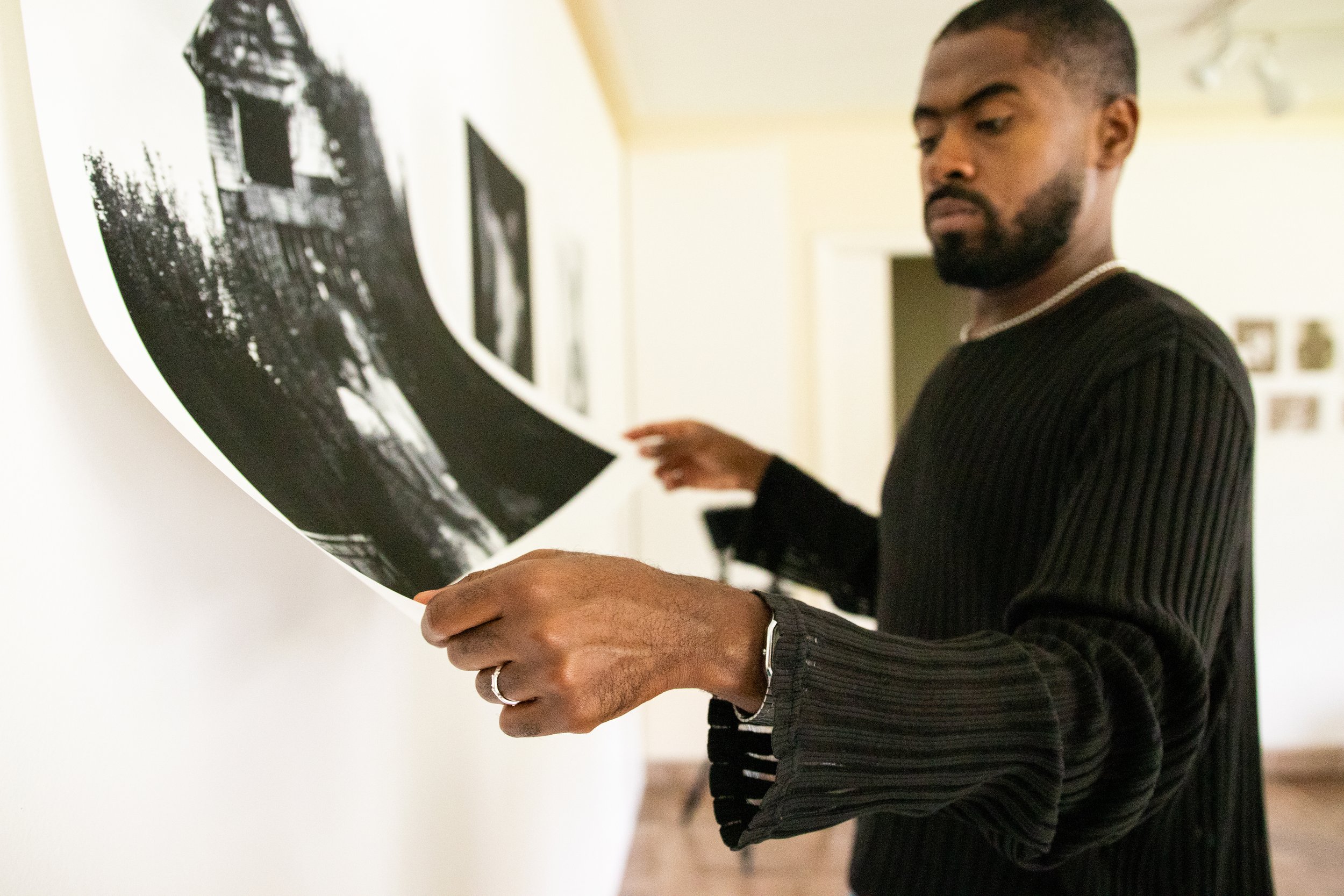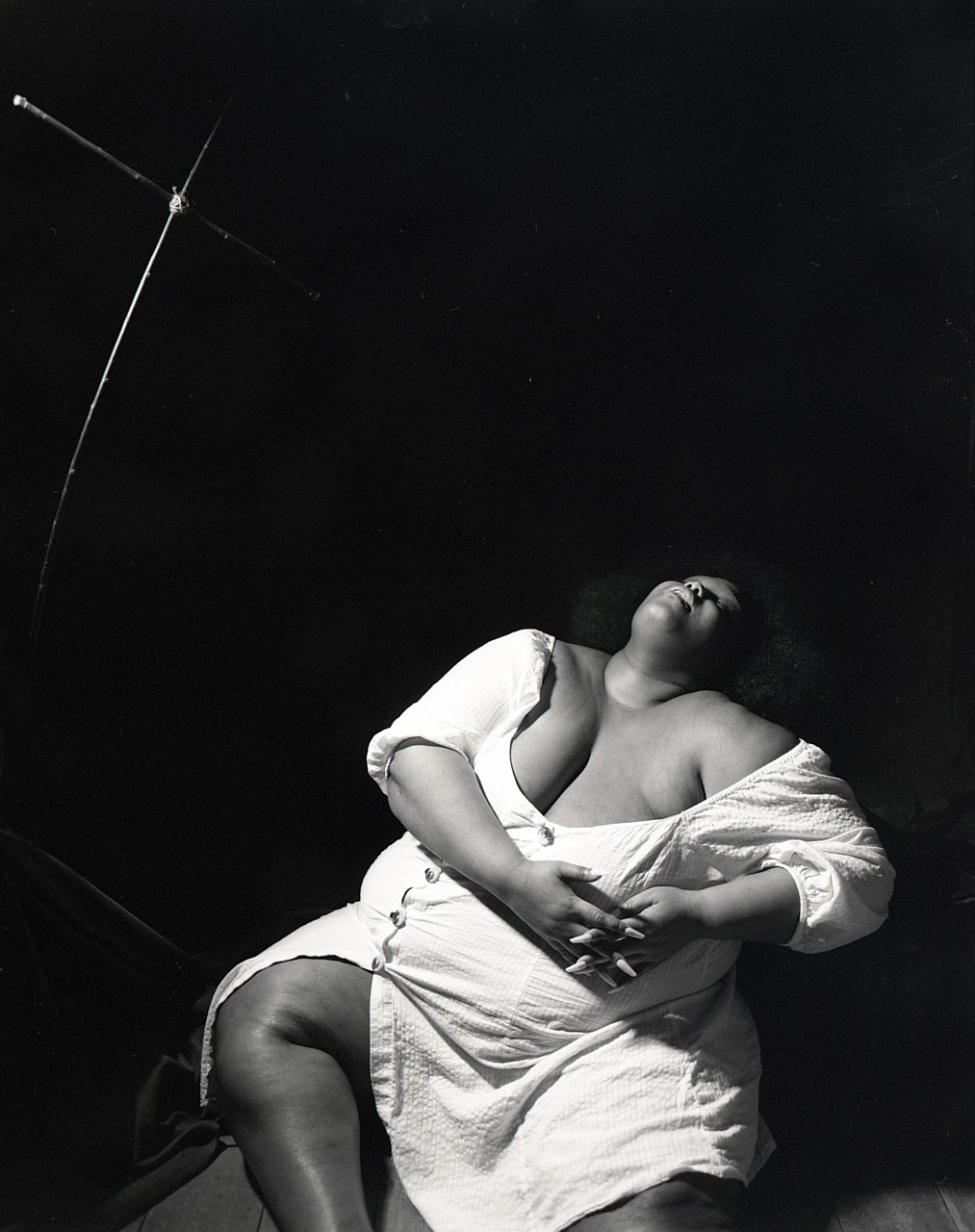October 2023
Xavier Scott Marshall
Film directed by Alexa Caravia for Fountainhead Arts
Xavier Scott Marshall is known for his staged recreations of biblical stories and scenes—such as the Caravaggio hit The Incredulity of Saint Thomas (1601), depicting Thomas poking Jesus’s crucifixion wound—but with normal, everyday people and objects. Marshall combats the whitewashing of historical figures by photographing people he’s close with, and his goal is to remind people that these stories are closer to our lived reality than the standard visual representations suggest. “St. Sebastian is usually depicted as a very handsome, completely ripped white saint,” Marshall says. “We need to get back to the actual story of what’s going on—it’s the martyrdom, it’s someone being killed for their beliefs.”
Born in New York to a Trinidadian and deeply religious family, Marshall moved to Southern California, where his interest in photography started while him and his friends were skating and hanging out in malls. His family moved to Pittsburgh when he started high school, and Marshall started to understand his photography differently when he visited the area’s museums and saw the work of Gordon Parks, James Van Der Zee, and Robert Rauschenberg. “I was looking at Warhol’s use of repetition,” he says. “The images are acting on you in a way where it’s almost embedding itself into the mind.”
While in residence at the Fountainhead, Marshall focused on a single photograph—a woman he saw on the street in New York speaking in tongues, tears streaming down her face. Marshall sat in silence, a witness to her experience, and though he doesn’t usually take candids, he snapped two photographs. He spent the month experimenting with new processes: screen printing the image onto aluminum and cotton paper, applying Warhol’s principle of repetition. He also applied linseed oil to the work, to make it appear as if the image was physically weeping. “It’s like, really huge to be able to expand my practice from photographic works on paper to something with a bit more materiality,” Marshall says.
For each of the three artists, relationships are crucial to their practice. On the process of finding people to photograph, Marshall had this to say: “Regardless of what religion you are, or what your background is, like, that’s not the point behind the images. It’s to communicate, the more you pay attention to people, the more they reveal themselves to you.”
Words by Rob Goyanes






